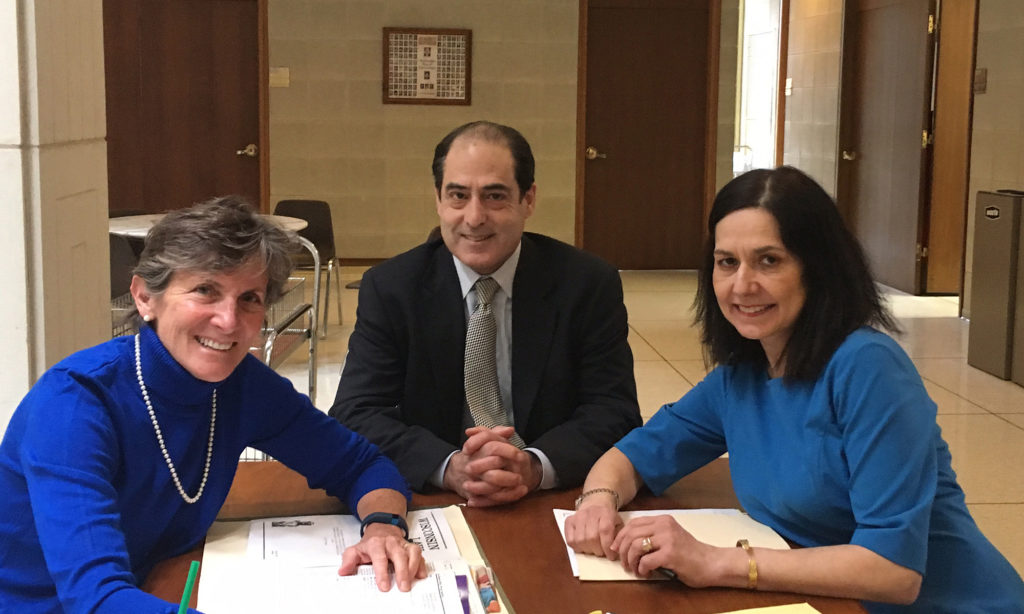A recent op ed by Rachel Gros in the venerable New York Times makes clear the vital importance of getting nomenclature right. In a moving interview with Death with Dignity President, Peg Sandeen, the article articulates why those in the right to die movement bristle at the us of the outdated and inaccurate "Physician-Assisted Suicide" to describe the merciful choice of hastening the inevitable. The critical difference, as Ms. Sandeen makes clear in describing the death of her husband, is that a suicide wishes to die due to perhaps a temporary setback, financial difficulty, mental illness or public humiliation. One using MAID, by contrast, has tried every option to continue living but an irreversible disease has decided the inevitable-- it is now only a matter of timing.
Battle lines have been formed between two camps: those who cavalierly oppose the right to choose relishing the term "suicide" to disparage the practice; others who recognize the continuing stigma and fear associated with the word and therefore opt for the modern consensus terminology among experts of Medical Aid in Dying or simply Aid in Dying. (Our colleagues in Australia have opted for Voluntary Assisted Dying to emphasize the individual's agency).
A recent review of current verbiage by the Council on Ethical and Judicial Affairs, despite evidence that an increasing number of states (and foreign jurisdictions) permit MAID and specially describe the practice as not constituting "suicide", maintained its same language, recognizing that the term of art used depends solely on one's perspective of its moral justification.
"REPORT 2 OF THE COUNCIL ON ETHICAL AND JUDICIAL AFFAIRS (2-A-19) Physician-Assisted Suicide (Resolution 15-A-16 and Resolution 14-A-17) (Reference Committee on Amendments to Constitution and Bylaws)
“ASSISTED SUICIDE,” “AID IN DYING,” OR “DEATH WITH DIGNITY”?
Not surprisingly, the terms stakeholders use to refer the practice of physicians prescribing lethal
medication to be self-administered by patients in many ways reflect the different ethical
perspectives that inform ongoing societal debate. Proponents of physician participation often use
language that casts the practice in a positive light. “Death with dignity” foregrounds patients’
values and goals, while “aid in dying” invokes physicians’ commitment to succor and support.
Such connotations are visible in the titles of relevant legislation in states that have legalized the
practice: “Death with Dignity” (Oregon, Washington, District of Columbia), “Patient Choice and
Control at the End of Life” (Vermont), “End of Life Options” (California, Colorado), “Our Care
Our Choice Act” (Hawaii), and in Canada’s “Medical Aid in Dying.”
Correspondingly, those who oppose physician provision of lethal medications refer to the practice
as “physician-assisted suicide,” with its negative connotations regarding patients’ psychological
|state and its suggestion that physicians are complicit in something that, in other contexts, they
would seek to prevent. The language of dignity and aid, critics contend, are euphemisms [2]; their
use obscures or sanitizes the activity. In their view such language characterizes physicians’ role in
a way that risks construing an act that is ethically unacceptable as good medical practice [3]. Still
others, meanwhile, argue that the choice by terminally ill patients to take action to end their own
lives with the assistance of their physician is distinct from what is traditionally understood as
“suicide.”
And so it becomes clear that the term used defines the speaker's point of view. And yet other acts which lead inevitably to death are not described as suicide. VSED is almost never deemed suicide. Ceasing life-sustaining machinery or "pulling the plug" is not deemed suicide. A soldier jumping on a life grenade to save his company is not deemed suicide.
There is an inapposite covert moral condemnation of MAID when one of its opponents ignores nuance and reality to refer to the act as PAS. This is why it is such an important development that the style desk of the Grey Lady has apparently recognized the distinction and chosen henceforth to use more normative language, such as MAID or Death with Dignity. This is indeed welcome development, following on the recent decision by the Wall Street Journal also to modernize its usage. While AP trivializes the use of MAID as the lingering will of "activists", it seems clear that the main stream media is by and large convinced of a more accurate terminology. It's not just semantics-- rather it frames the entire exercise, either pro or con.
Let me end this entry by quoting from a recent article in Forbes magazine, making clear how important language choices are in this fractious national debate: words matter!
Definitions: Medical Assistance in Dying
There are many, often loaded, terms used for medically assisted dying. It helps to define them and understand the difference, and why people may choose to use one over another.
- Assisted Suicide: an individual is provided with a fatal drug and has to be capable of administering it themselves.
- PAD: Physician or clinician assisted death involves a trained professional administering the drug for the patient.
- Euthanasia: encompasses both of the above but sometimes has subliminal echoes and references, including what we usually do with our dying pets.
- Dying with Dignity: which rather pejoratively implies other deaths are not dignified.
- Medical Assistance in Dying (MAID): The term, adopted in Canadian legislation, can include self- or physician-administered situations and simply describes what it is.
Words matter. Those who favour the practice tend to refer to ‘assisted dying.’ Those who oppose it are more likely to use terms that include ‘suicide’ or ‘euthanasia’. ‘Suicide’, while legal in most countries, undoubtedly carries negative connotations, while ‘euthanasia’ haunts us with memories of Nazi programmes that killed tens of thousands of mentally and physically disabled people alongside the Jewish genocide. In this debate, as in so many others, the words we use become weapons in our cause.


